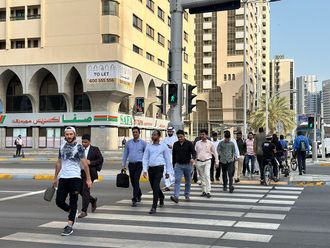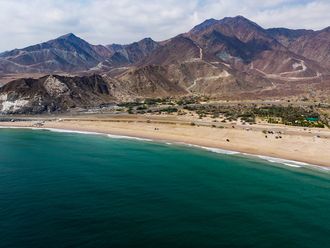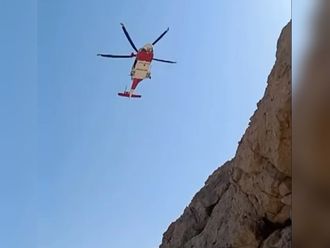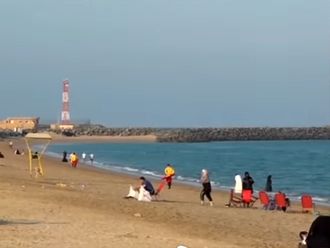For ordinary Afghans, hopes rose after decades of fighting and hunger. Aid flowed in, warlords patched up differences - for now, at least - and other countries offered to help keep the peace and rebuild the war-ravaged country.
The fundamentalist Taliban, targeted by the United States for sheltering bin Laden following the Sept. 11 hijack attacks on New York and Washington that killed nearly 3,900 people, surrendered the last province under its control on Sunday and vanished from the scene.
But fighting raged on in the cave-riddled Tora Bora mountains of eastern Afghanistan, where mainly Arab fighters aligned with Bin Laden's Al Qaida network of Islamic militants put up fierce resistance against Afghan forces closing in for a final assault.
The U.S. military said on Monday it had unleashed a giant "daisy cutter" bomb against one of the Tora Bora caves where Al Qaida leaders - and possibly bin Laden himself - were believed to be hiding.
The mammoth 15,000-pound (6,800 kg) bomb, which can devastate everything within a 600-yard (metre) radius, has been used only two or three times since the U.S.-led air campaign began on Oct. 7.
U.S. officials said on Monday that fighting in the area remained so intense that the military was unable to assess the damage. But they warned that despite the ouster of the Taliban and the progress against Al Qaida, the war was far from over.
"The war in Afghanistan is not won," said Deputy Defense Secretary Paul Wolfowitz. "It is a classic military mistake to leave a partially defeated enemy on the battlefield."
Afghan forces have launched a three-pronged strike against the Tora Bora cave complexes, where they believe bin Laden is personally leading about 1,000 Al Qaida guerrillas in what could be their last stand.
Hazrat Ali, commanding local forces pursuing Al Qaida in the rugged terrain, told Reuters that bin Laden's men, under intense U.S. bombing, had been forced back to new defensive positions on "mountain tops between Tora Bora and Waziri Gorge".
"Osama may be there too. He was seen five days ago and an Afghan prisoner whom we have confirmed it too," Ali said by satellite telephone from Tora Bora.
"Osama has set up new caves and an underground protection system on top of these mountains. His people are putting extremely tough resistance," he added.
U.S. officials were less sure of bin Laden's whereabouts, and said it remained to be seen how quickly his loyal core of fighters would be beaten, two months and 12,000 bombs and missiles after the campaign began to punish the Taliban for protecting him.
"We certainly don't have any information that would allow us to assess the situation as close to the end," said Pentagon spokeswoman Victoria Clarke. "It's tough ... pretty intense fighting."
U.S. Vice President Dick Cheney said on Sunday that if Bin Laden were caught alive, he should face a U.S. military court.
The war on Al Qaida - suspected by Washington of operating in up to 60 countries - would go on after bin Laden, he said.
Cheney said a videotape of Bin Laden, made after Sept. 11 and found in an Afghan house, proved his involvement in the worst attack ever on U.S. soil.
U.S. sources said it showed him looking amused that some of the 19 hijackers did not realize they were about to die and made clear that he knew of the attacks in advance, something he denies.
On Monday, President George W. Bush was deciding whether to release the videotape to the public, weighing the political benefits of providing proof of Bin Laden's involvement in the attacks against any disadvantage in providing him with publicity or possibly compromising intelligence operations.












